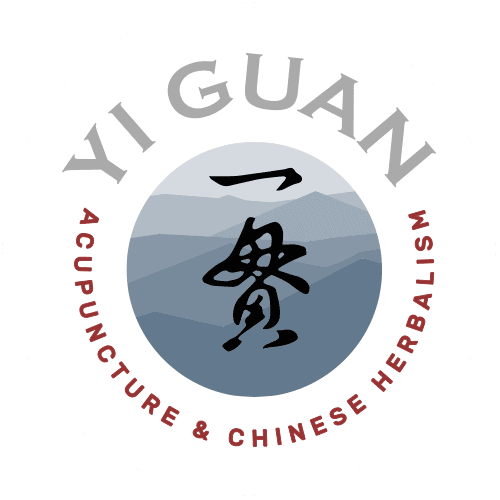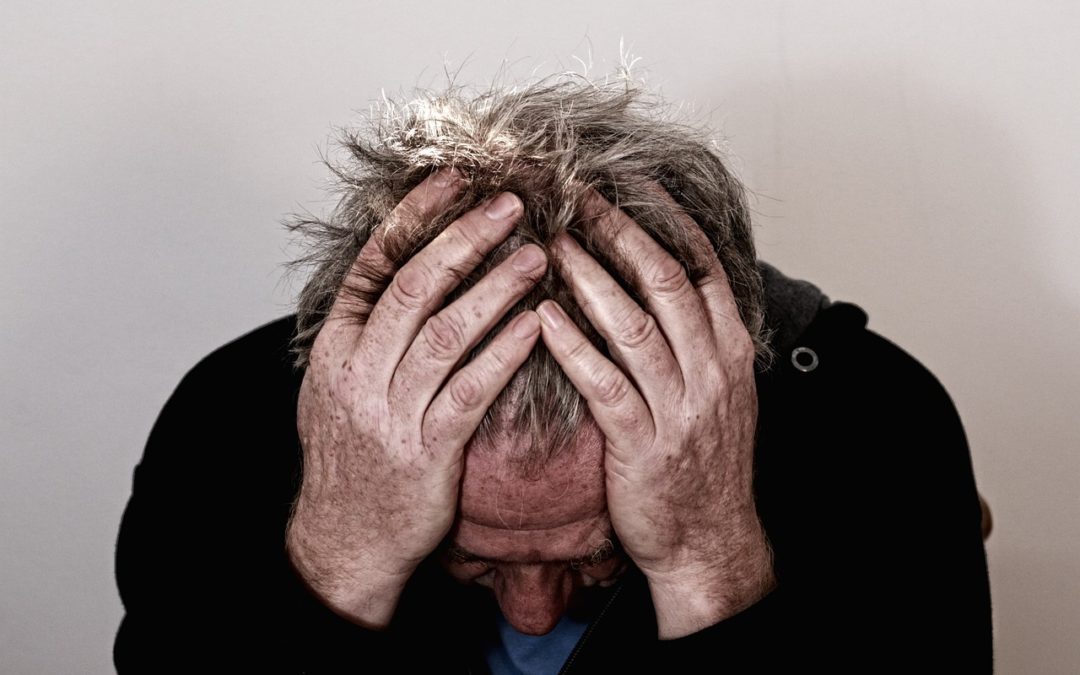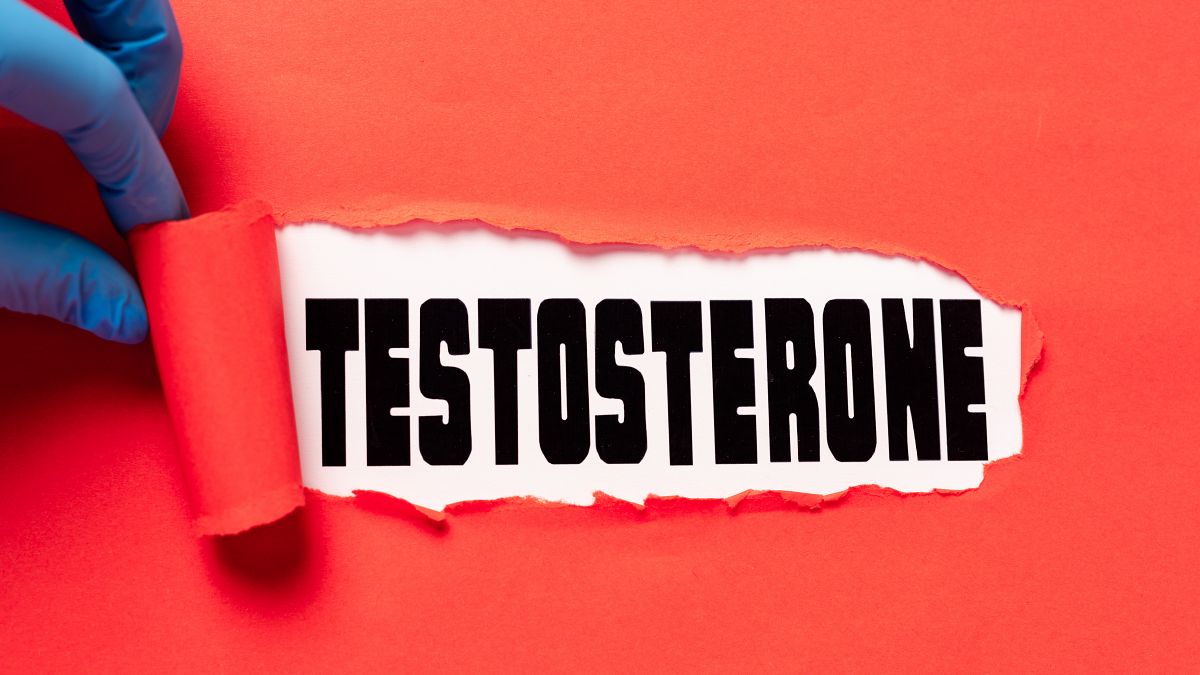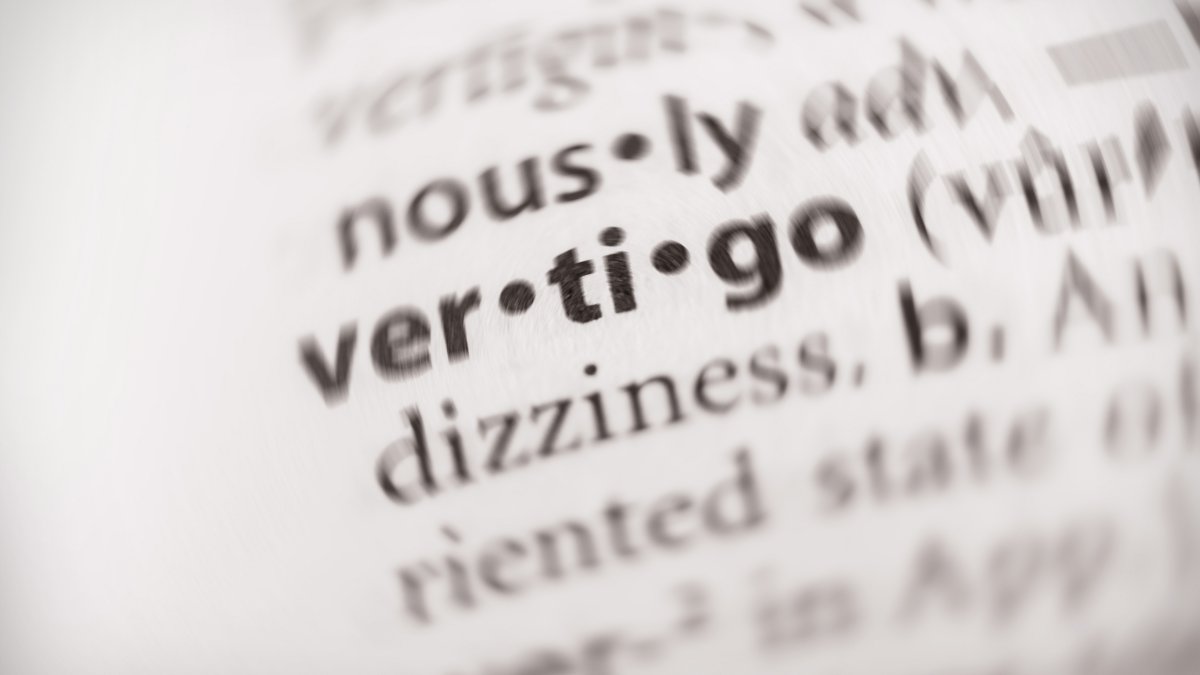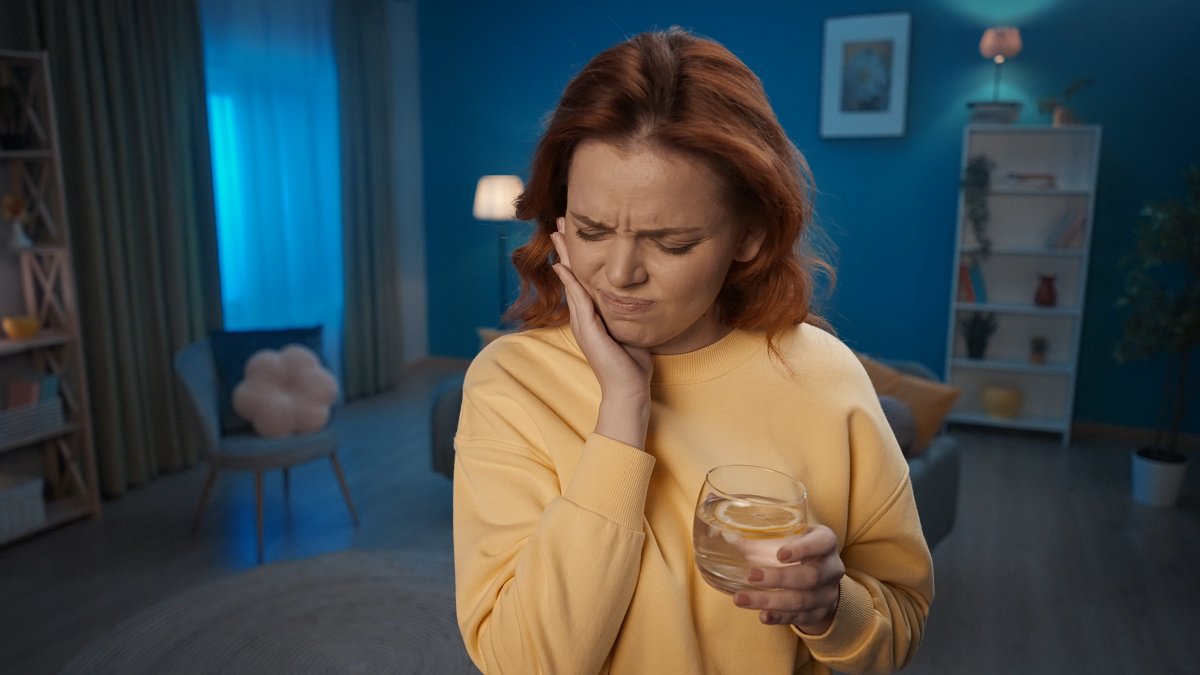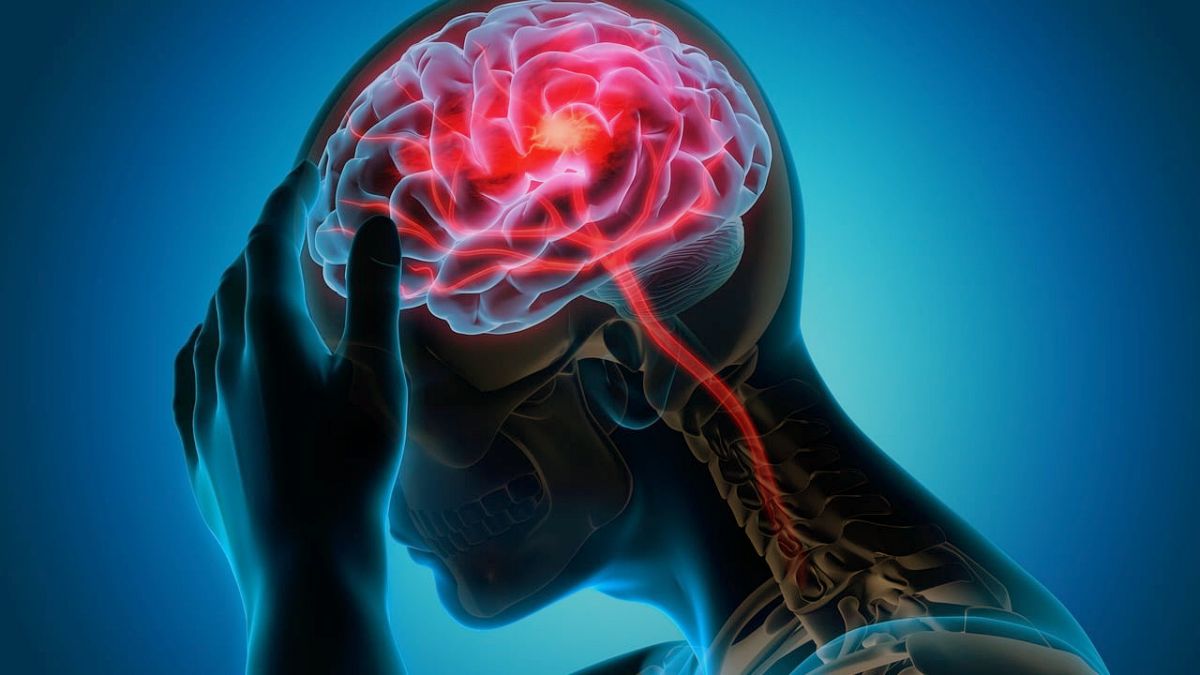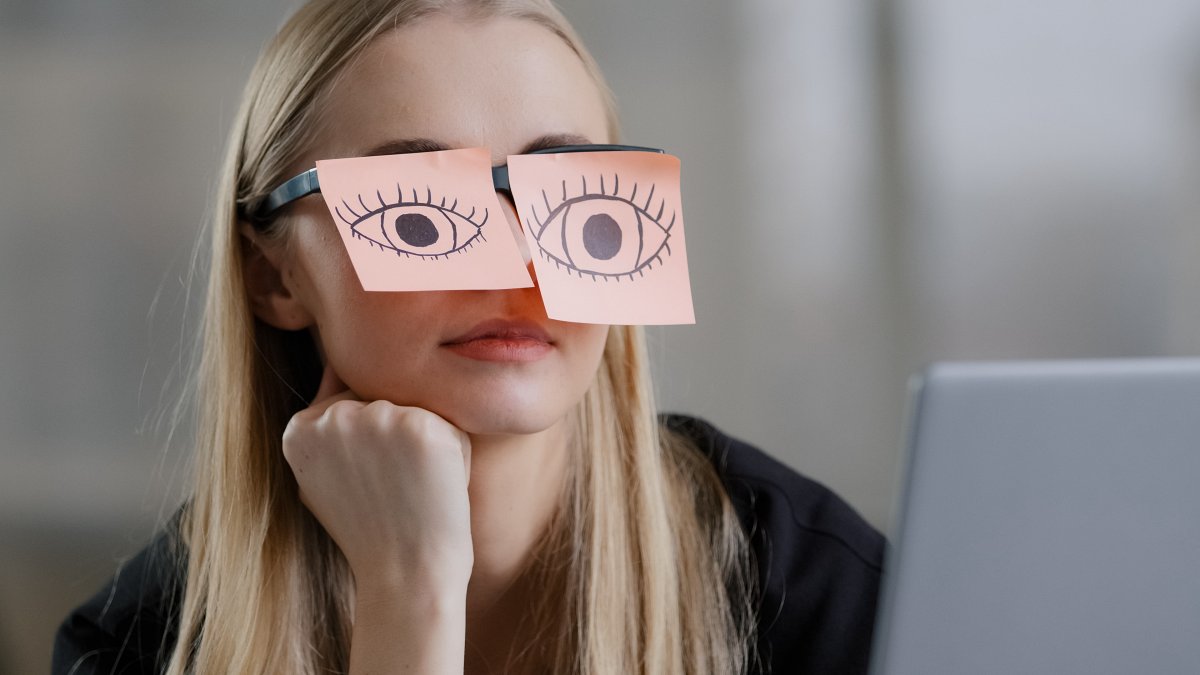ACUPUNCTURE FOR CHRONIC HEADACHES
Chronic headache and migraines can be very difficult for some people. They often wonder if acupuncture for chronic headache is effective. Traditional Chinese medicine has a lot of potential solutions for those seeking acupuncture headache relief.
WESTERN MEDICAL VIEW
From a modern Western medical perspective, there are numerous different causes of headaches, ranging from benign things to very serious conditions. This is why it is important for patients get a full evaluation of health before they seek treatments for headache relief. If you have a sudden or new headache, especially without some of the common reasons listed below, or if your headache is particularly painful, or has other neurological symptoms, it is important to quickly rule out life threatening causes such as ischemia or stroke, a ruptured aneurysm (an abnormal ballooning of the vessels), bleeding from other intracranial trauma, or tumors.
TYPES OF HEADACHES
Not every headache is the same, which adds frustration and confusion to finding the causes and the appropriate solutions. There are some types of headaches with distinct qualities, locations, or timings. Cluster headaches come and go over a short length of time and usually cause pain on one side of the head, particularly behind the eye. A tension headache feel like a tight band around the head. Temporal headaches often come after stress, or clenching your jaw. Other less serious causes of headache include muscle tension, hormone fluxes, lack of sleep, skipped meals, excessive screen use, stress, caffeine or alcohol use, physical exertion, or changes in the weather.
MIGRAINE
Migraines are their own class of headaches worth separate consideration. While not life threatening, a migraine headache is characterized by moderate to severe pain as well as neurological symptoms that can precede the headache, referred to as auras. A chronic migraine has four possible stages it might cycle through over the span of 2-3 days. The first stage is the prodrome, occurring days to hours before the onset of pain. This phase is characterized by a variety of neuropsychological symptoms including altered mood, irritability, depression, fatigue, craving for certain foods, or increased sensitivity to smells and sounds. The next phase is the aura phase, occurring minutes to hours before the onset of pain. Aura phase consists of focal neurological symptoms include sudden changes in vision, numbness, and weakness. These symptoms can present just like an cerebral ischemic event, also known as a stroke. This is why it is very important, for patients suffering from these migraine symptoms, to first rule out serious causes. The next phase is the pain phase, which can last a few hours. Often the pain is associated with nausea, vertigo, or blurred visions, and neck stiffness. These symptoms again are concerning for more serious conditions. The final stage is the postdrome phase, which can last a few days and consists of residual pain, fatigue, nausea, mood changes and cognitive difficulties. Triggers for migraine include fatigue, physical exertion, stress, and certain foods. The pathophysiology appears to be cortical spreading depression which is a spreading wave of electrical hyperactivity followed by a wave of electrical inhibition. The root cause of this phenomenon in migraine is not fully understood yet, but it is clear that genetic factors, hormones, and environmental factors play a role in these patients.
EASTERN MEDICAL VIEW
Eastern medicine also categorizes different types of headaches. They are described either by location and by their root causes. Noting the combination of the cause and location is an important initial step in determining the treatment after ruling out life threatening causes more appropriately treated with emergency Western medical care. According to traditional Chinese medicine’s view and organization of the body, there are six layers or levels of the meridian system. Each of these territories extend to the head and thus their own descriptive type of headache. Taiyang headache affects the occiput and the back of the neck. Shaoyang headache affects the temples and the jaw. Yangming headache affects the forehead and frontal sinuses. Taiyin headache spans across the head similar to tension headaches. Jueyin headache goes to the vertex of the head. And shaoyin headache is felt deep in the head.
CAUSES OF HEADACHE IN TRADITIONAL CHINESE MEDICINE
In the Chinese medicine view, the various causes of headaches are categorized into excess causes and deficient causes. This is the first layer of diagnosing the cause and determining the treatment. It could only make the problem worse if you try to tonify an excess condition or try to drain a deficient one. Certain qualities about the headache clue the acupuncturist into which are excess conditions and which are deficient. Excess headaches tend to be stronger, have a tight and heavy sensation. Deficient headaches are dull and feel better with pressure or have an empty feeling. Headaches can either be classified as external or internal, the former being caused by “external wind invasions”. They are signified by acute onset, and certain physical exam findings in the pulse or appearance of the tongue. In a Western sense, these describe the headaches associated with seasonal allergy symptoms or acute viral infections. External wind invasions can also be further categorized as heat, cold, or damp. Internal causes of headaches include blood stagnation, qi stagnation, qi deficiency, or an imbalance of internal “yin” and “yang” substances.
ACUPUNCTURE TREATMENT FOR PAIN
In general, traditional Chinese medicine categorizes pain is as stagnation, either qi stagnation or blood stasis. Qi stagnation tends to be dull and vague and worse in the morning, whereas blood stasis tends to be sharp and fixed and worse in the afternoon. Needles placed at the far end of the meridians, especially with proper needle technique, are very effective in quickly moving qi and blood. The meridian system passes through the head. It is as simple determining which territory of headache as described above the patient’s headache lies and picking distal points on that channel. There are also points that clear wind and stabilize the exterior, for the external wind invasion causes. And there are also needles that root the imbalanced yang that rises to the head to cause headache. Needles are very good at moving and harmonizing and discharging excesses. But what if you’re headache is from one of the deficient causes?
HERBAL REMEDIES FOR MIGRAINES AND MORE
Herbalism is very effective in treating headaches as well. Each territory of headaches (taiyiang, yangming etc) have their representative herbs that tend to help clear the pain in those areas. Headaches may be rooted in qi and or blood deficiencies, and various tonics are important to use to treat these. Matching these herbs with other herbs treating the root causes, one can make an effective tea to treat the headache. When combining these teas with an appropriate set of needles and associated techniques, Eastern medicine has a lot of good solutions to treat migraines and headaches.
EVIDENCE BASED MEDICINE STUDIES
A lot of research has been conducted evaluating the clinical efficacy of acupuncture and the treatment of headache. Several metanalysis, which are studies that reviewed the statistics across many individual clinical studies, show that even when correcting for possible placebo effects, acupuncture has a statistically significant benefit. There are fewer studies related to herbal medicine. But a few herbal formulas designed for the treatment of headache have been studied and again show promising evidence. As more and more patients receive good results from acupuncture treatments, more and more research will be conducted.
If you’re suffering from chronic headaches, and want to know what acupuncture and Chinese herbalism can do for you, contact us today.
Article Sources:
Harvard Health Blog, Acupuncture for Headache
American Migraine Foundation, Acupuncture and Migraine: Finding a combination that sticks
Healthline, Having Constant Headaches? What You Need to Know
Mayo Clinic, Migraine
NIH, Acupuncture for the management of chronic headache: a systematic review
British Medical Journal, 2004 Mar 27;328(7442):744, Acupuncture for chronic headache in primary care: large, pragmatic, randomised trial
Headache, 2016 Jul;56(7):1238-40, Role of Acupuncture in the Treatment or Prevention of Migraine, Tension-Type Headache, or Chronic Headache Disorders
Pain Res Manag, 2020 Mar 23;2020:3825617, Effectiveness and Safety of Acupuncture for Migraine: An Overview of Systematic Reviews https://pubmed.ncbi.nlm.nih.gov/32269669/
American Headache Society, Comparing the Effectiveness of Acupuncture Treatment Versus Standard Medications Used for Prevention of Migraine
Complement Ther Med, 2015 Aug;23(4):577-90, Chuanxiong chadiao powder, a famous Chinese herbal prescription, for headache: A systematic review and meta-analysis
Am J Chin Med, 2020;48(1):1-16, Effects of Herbal Medicines on Pain Management
Who is Dr. Perez?
Dr. Dan Perez is both a Western-trained physician and a graduate of the AOMA Graduate School of Integrative Medicine. Based in Austin, Texas, AOMA is recognized as one of the leading schools in Chinese Medicine. Being both an expert in Western medicine and Chinese medicine, Dr. Perez offers his patients natural, minimally invasive and integrative medical options for treating a variety of chronic medical conditions.
Let's get started!
This could be the most important step you take in your health journey. Schedule a consultation now, or complete the short form and let's connect.
Free 15-min Consultation
Phone
NEW Location
Yi Guan Acupuncture and Chinese Herbalism
11614 Bee Caves Road, Suite 230,
Austin, TX 78738 (directions)
